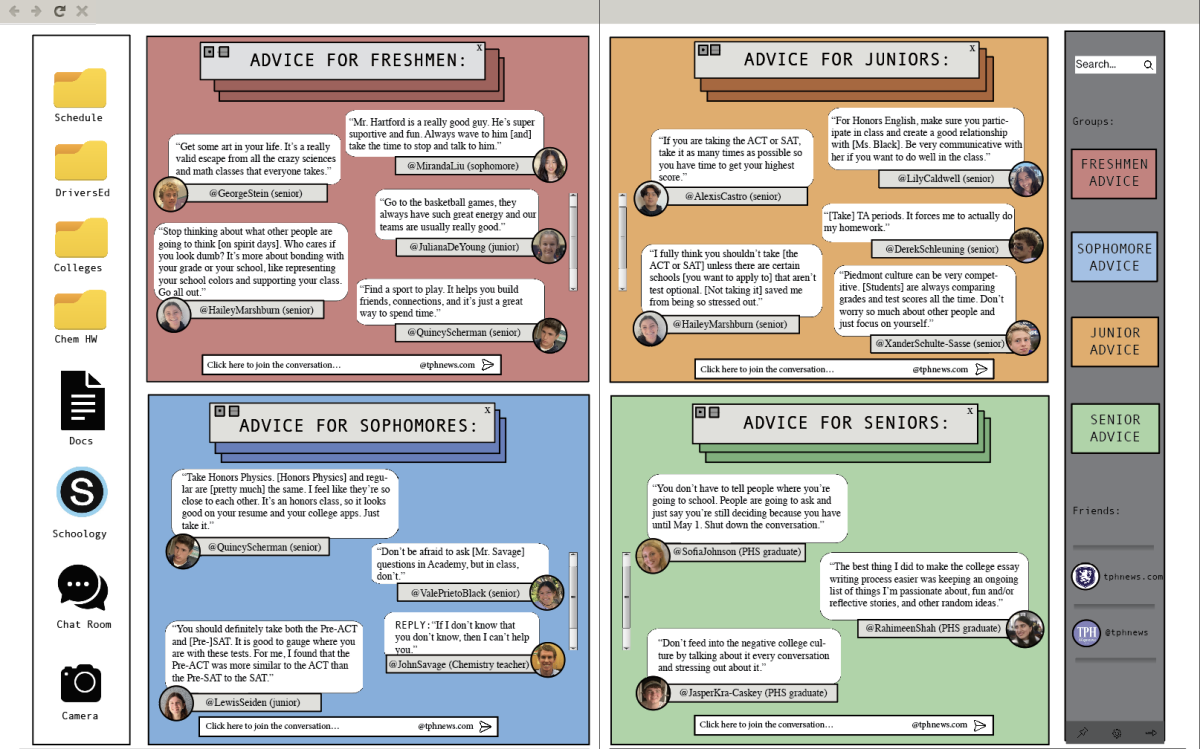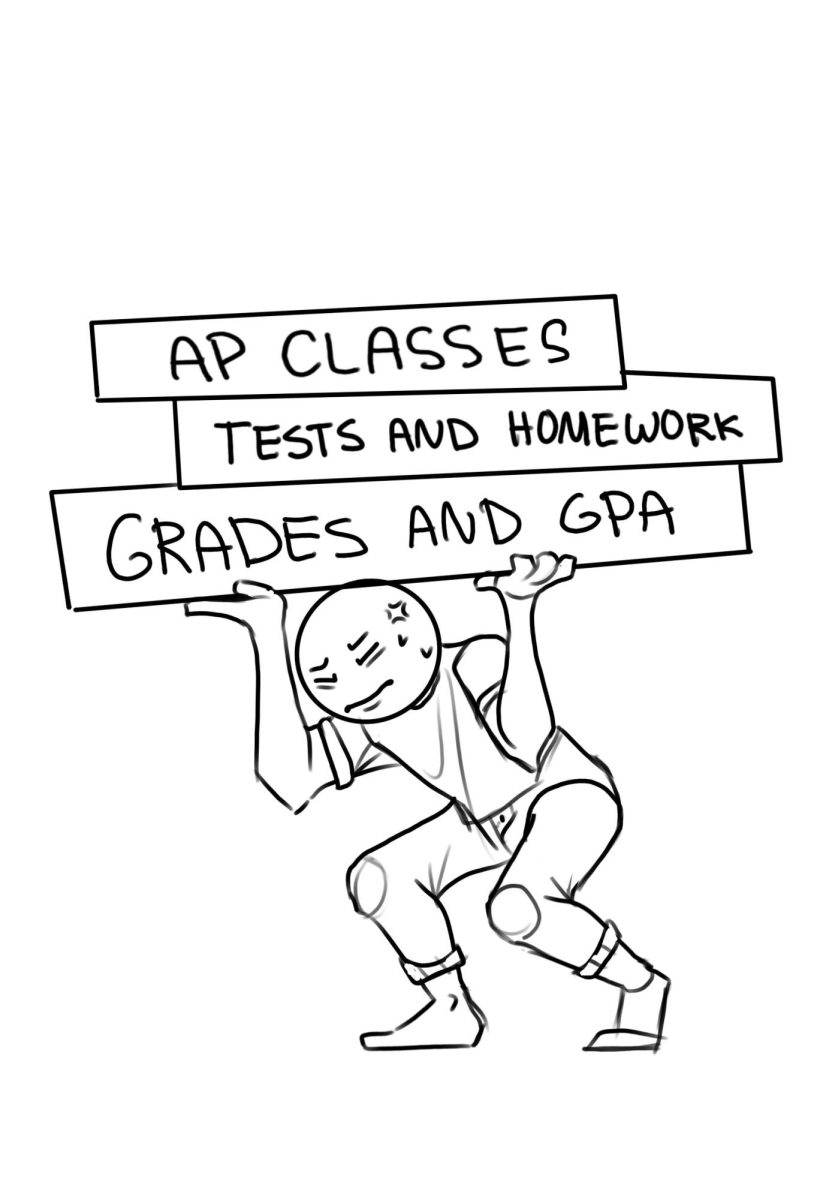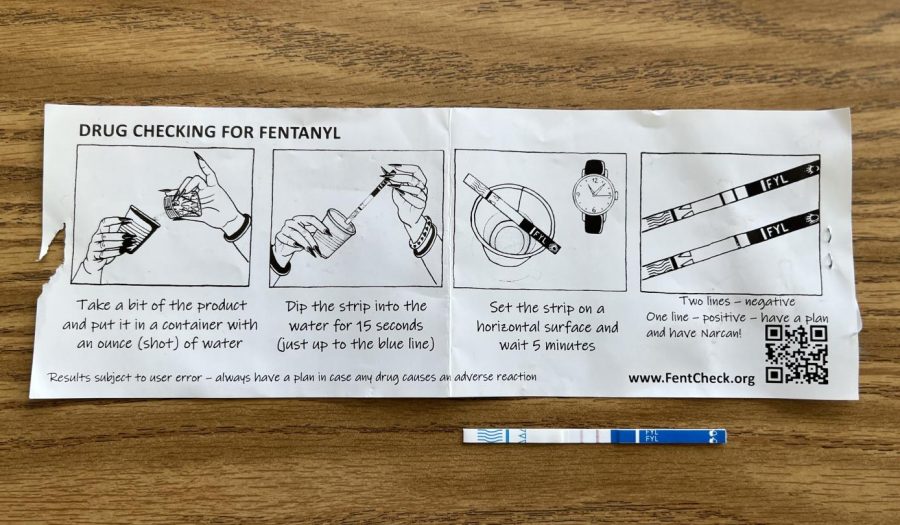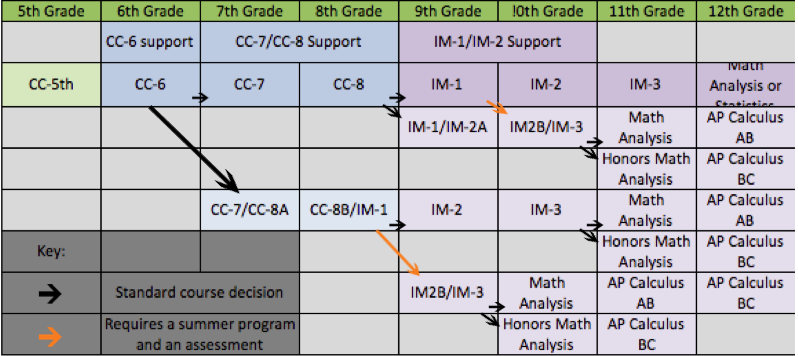 Students, parents, teachers and administrators of the Math Task Force reached a consensus to recommend an integrated math curriculum with different acceleration and support options at PHS and PMS on Jan 29. If the Board of Education approves the recommendation, the new curriculum will begin its implementation next school year.
Students, parents, teachers and administrators of the Math Task Force reached a consensus to recommend an integrated math curriculum with different acceleration and support options at PHS and PMS on Jan 29. If the Board of Education approves the recommendation, the new curriculum will begin its implementation next school year.
“February 11 we introduce it, then we give the public time to digest and ask questions,” said Assistant Superintendent of Educational Services Randall Booker, who leads the Task Force. “We come back March 11 and the Board will either approve it as it is, or amend it and approve something, or maybe even send the Math Task Force back to work.”
Regardless of the Board’s decision, current PHS and PMS students already within the traditional non-Common Core curriculum will continue with their current pathways until graduation. PMS students taking Common Core will enter the new curriculum upon approval of the Task Force’s design.
With this design, Integrated Math 1, 2 and 3 would replace the current Algebra I, Geometry and Algebra II courses. Students in 10th to 12th grade could take a weighted Math Analysis Honors class that would also cover Calculus A and lead into Calculus BC the following year. To accelerate into a higher class, students could take a summer class or an assessment on a semester’s worth of material.
“If you’re in Common Core 6, you can also enroll in CC 6 Support,” Booker said. “It does not supplant CC 6: you’re doubling up your math.”
Support options continue until 10th grade, or through Integrated Math II.
The biggest change the curriculum brings is integrated ath. Instead of learning algebra and geometry in separate courses over three years, future students would take integrated courses that cover both topics over three years.
“Think of all the concepts that are taught in Algebra I, Geometry and Algebra II,” said Booker. “If you went into the table of contents of each three of those books, ripped them out, cut them into strips and mashed them around a little bit, that’s integrated.”
Integration is used within math analysis, calculus, elementary school math and the curriculums of a majority of high-performing countries.
“Research suggests that an integrated math curriculum has the potential to facilitate students’ mathematical thinking more effectively than a traditional math curriculum, especially in certain areas such as conceptual understanding,” Booker said.
The new curriculum also features compression, a method that teaches material in a shorter time than the normal pathway. One option the curriculum offers to eighth graders is the choice to compress Integrated Math 1, 2 and 3 into two years.
The Task Force additionally provided eight different pathways a student could take, with options to modify pathways available throughout 6th to 10th grade, to end up finishing a calculus class before graduation.
“There’s no penalty for waiting to compress,” Booker said.
Next school year, three new courses, including one support course, would arrive at PHS. Four new courses, including two support courses, would arrive at PMS.
Teachers are beginning to develop courses and have participated in professional development all year, Booker said.
The Task Force designed the new curriculum in response to mandates issued by the Board to implement compression opportunities at PMS, PHS and MHS, pathways to AP Calculus AB and BC, and different compression entry points, according to the Task Force’s update released Jan 13.
PMS parent and Task Force participant Cory Smegal said that hopefully after integration and Common Core enter the math curriculum, students will have more tools to solve problems even in unpredictable contexts instead of merely memorizing formulas.
“If implemented well, integration and Common Core can really lend themselves to kids having a much deeper understanding of math,” Smegal said.
Integration does come with obstacles as well. Limiting the creation of pathways in order not to overburden the math teachers’ workloads and preventing single-section classes limiting course flexibility will be difficult, said Task Force participant and math department chair Doyle O’Regan.
“The pacing is going to be a little different: you’re perhaps weaving content together that has been separate before,” O’Regan said.
O’Regan said that the Task Force did not unanimously decide to pursue integration.
“A lot of people were kind of on the fence, willing to make it work either way,” O’Regan said. “The biggest opposition is likely going, ‘Okay, well, we have a system that works pretty well, why change it?’”
However the future curriculum shifts, students should have patience and faith in teachers, O’Regan said.
“Call it whatever you want, to us it’s still math,” O’Regan said. “We’re going to figure out how to make it work well.”










































